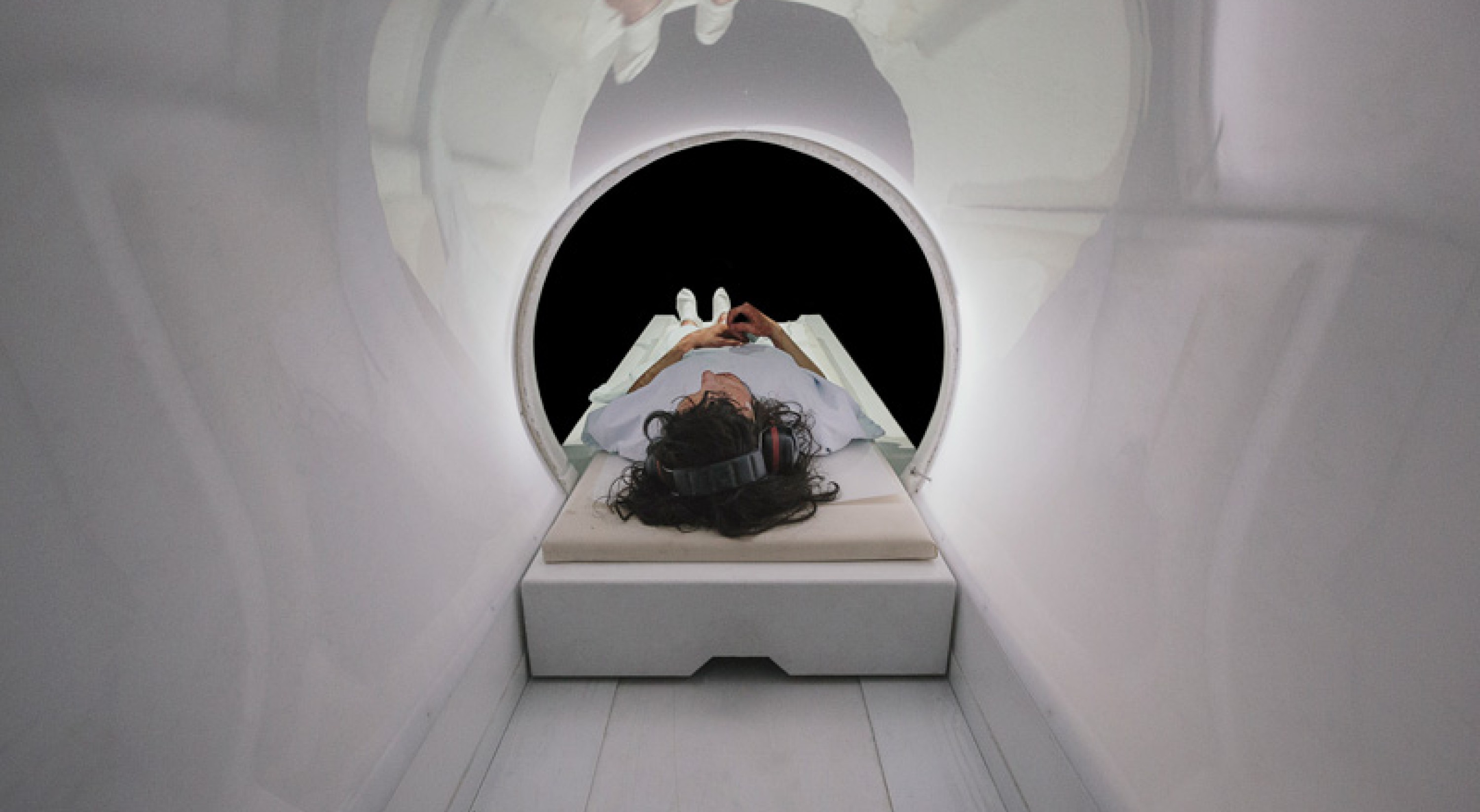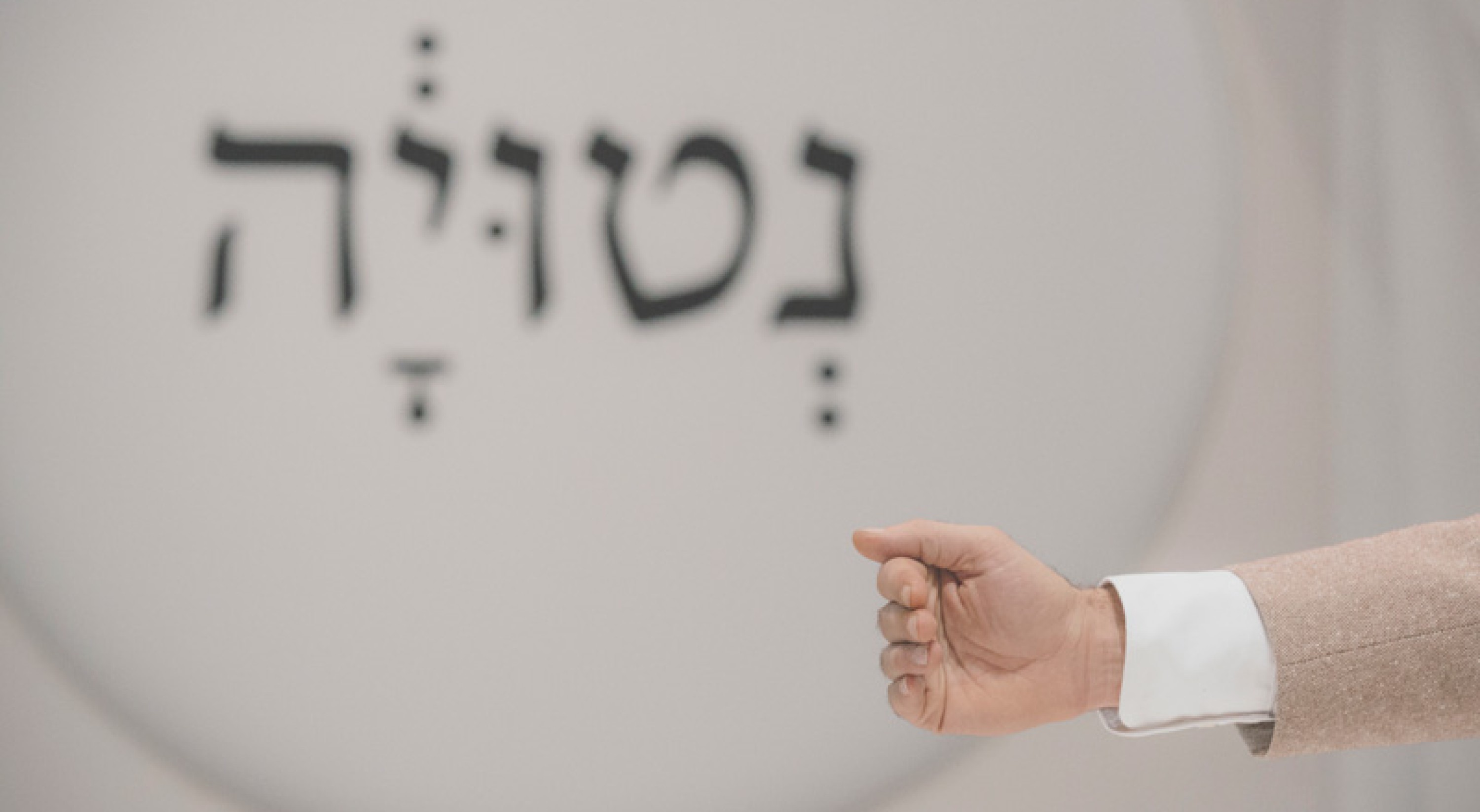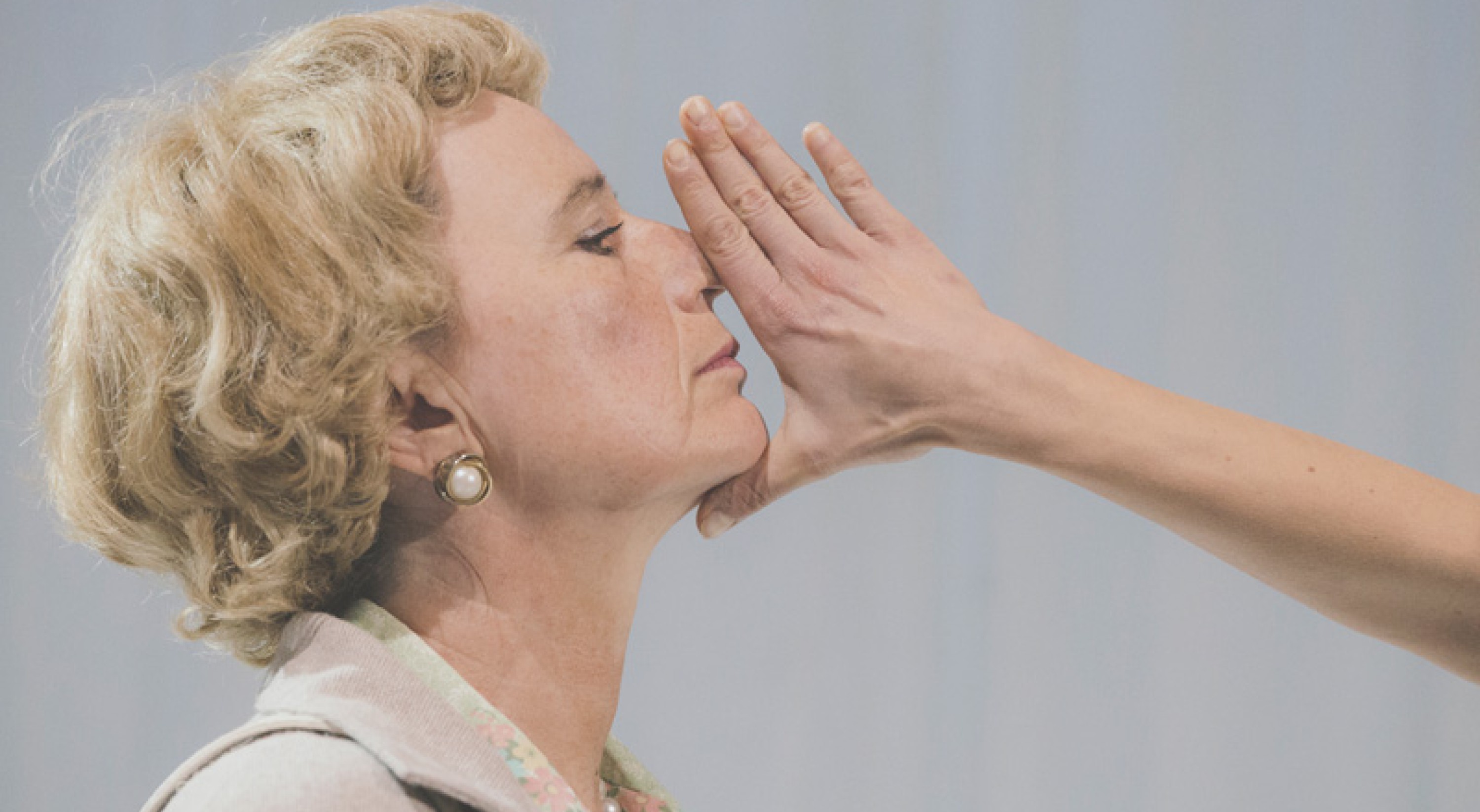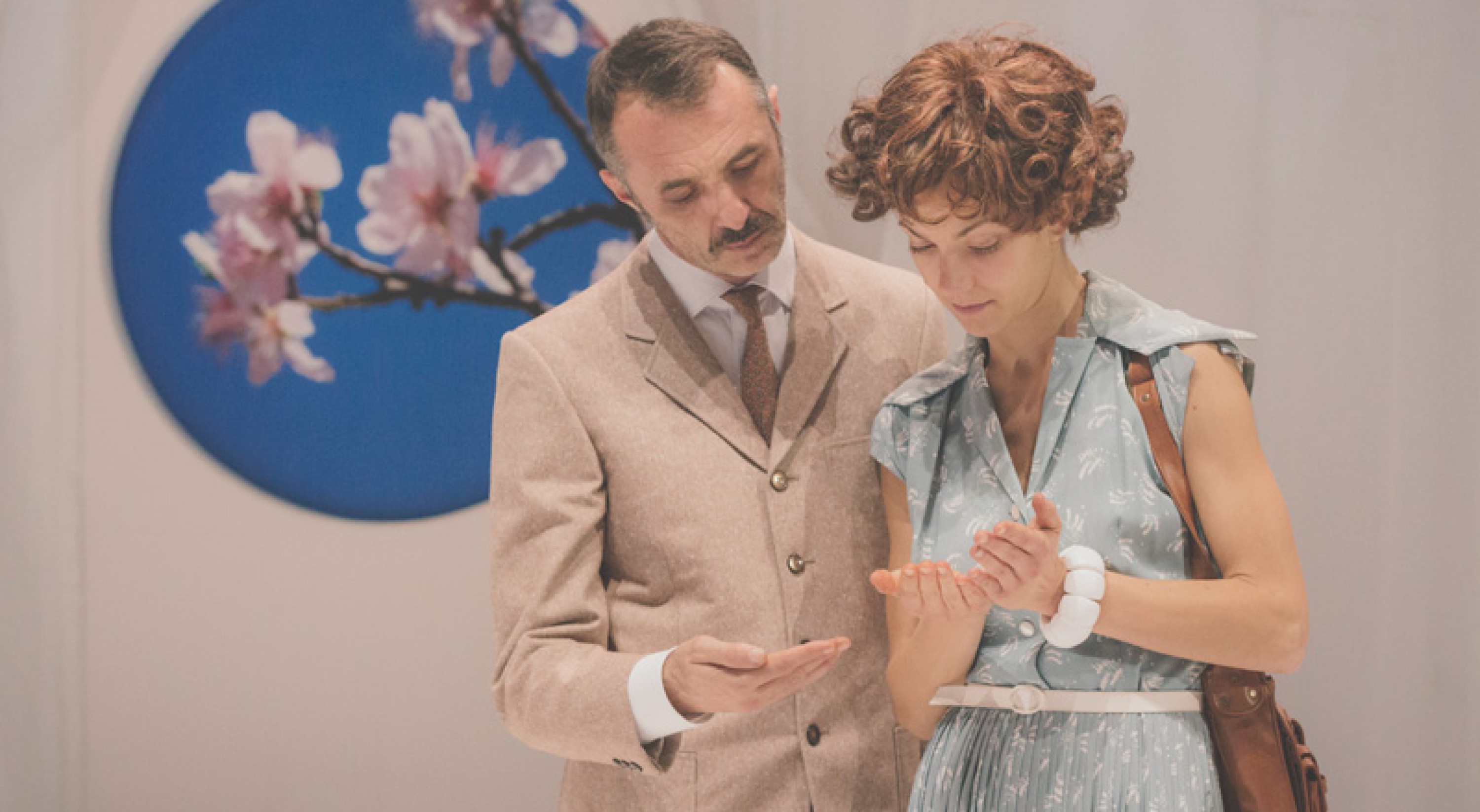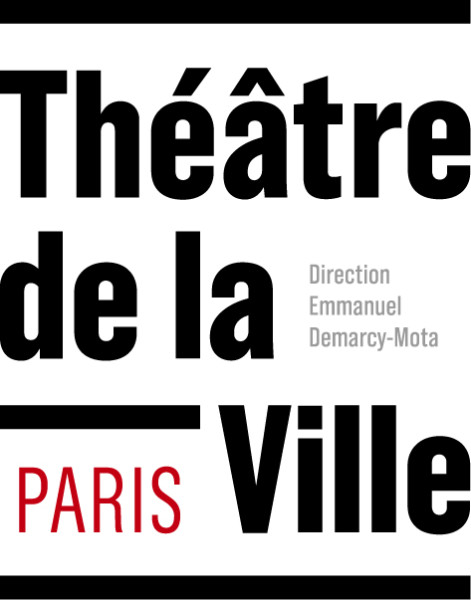Romeo Castellucci
Go down, Moses
novembernov 4 – 11
Directed, lighting, set, and costume design by Romeo Castellucci
Music, Scott Gibbons
Texts, Claudia Castellucci, Romeo Castellucci
With: Gloria Dorliguzzo, Luca Nava, Stefano Questorio, and Sergio Scarlatella, Emmanuelle Ohl, Patricia Schillaci, Claude Penseyres, Pierre Imhof, Jules Hox et Hakan
Set builder, Massimiliano Peyrone
Lighting assistant, Fabiana Piccioli
Live sculptures, prosthesis, Giovanna Amoroso, Istvan Zimmermann
Costumes, Laura Dondoli
Assistanat for Sound composition, Asa Horvitz
Financial controller, Massimiliano Coli
Production, Benedetta Briglia, and Cosetta Nicolini
Promotion and communication, Gilda Biasini,Valentina Bertolino
Administration, Michela Medri, Elisa Bruno, Simona Barducci
Executive producer Socìetas Raffaello Sanzio // A coproduction with Théâtre Vidy-Lausanne ; deSingel International Arts Campus/Antwerp ; Teatro di Roma ; La Comédie de Reims ; Maillon, Théâtre de Strasbourg / Scène Européenne ; La Filature, Scène Nationale de Mulhouse ; Festival Printemps des Comédiens (Montpellier) ; Athens Festival 2015 ; Le Volcan, Scène nationale du Havre ; Adelaide Festival 2016 (Australia) ; Peak Performances 2016, Montclair State-USA ; Théâtre de la Ville-Paris ; Festival d’Automne à Paris // In collaboration with Théâtre de la Ville-Paris ; Festival d’Automne à Paris // The show is part of the Paris-Rome 2014 cultural tandem, put in place by the cities of Paris and Rome in partnership with the Institut français.
With thanks to the Comune di Senigallia et Assessorato alla Promozione dei Turismi e Eventi / Amat for their collaboration
The piece was first presented in 2014 at Théâtre Vidy-Lausanne
In partnership with France Culture
Romeo Castellucci has always been inhabited by Moses, and by the journey, role and visions of this “pillar of our culture”. Carried along by the Tablets of Stone, the prophet was one of the recurring figures in Tragedia Endogonidia. In Go down, Moses, his character goes, to a certain extent, behind the scenes of the episodes of his life. These episodes, projected into the present day, pave the way for the director’s investigation into the archeology of shapes and their lastingness. He reflects upon the abandonment of Moses, as a baby, along the Nile, the mystery of the burning bush, the forty days he spent on Mt. Sinai and descent with the Tablets of Stone. The director does not touch upon them in any chronological order, but through going back and forwards in time and taking unexpected detours, via intentionally “non-decodable” scenes. Romeo Castellucci continues his investigations into the power of the image through the opposition between two images: the golden calf and the burning bush, “this fire which burns without burning anything, with no object”. Thus, what we have is two sides of the same coin, and two opposing cults or cultures. On one side we have its weight in gold and consumption, and on the other, spirituality and consummation. Of course, Go down, Moses is also a reference to the familiar negro spiritual, and to a time when Afro-American slaves dreamt of their emancipation, a sort of second exodus from Egypt. As the director himself says, it is to our humble selves - “exiled from our own being” - that the divine injunctions to Moses are in fact addressed.
In the same place
